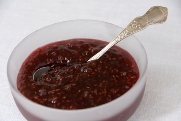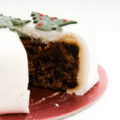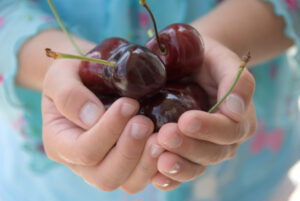Jam Making – Tammy McLeod
 I never really liked jam, until I discovered that home made jam has a very different taste to the store bought product. Jam making is something I began about five years ago, my first attempt being feijoa jam after I was given a large bag of feijoas from a friend’s tree. That first experience was interesting! The jam had good flavour, but I over-cooked it and it was a bit chewy rather than jammy!
I never really liked jam, until I discovered that home made jam has a very different taste to the store bought product. Jam making is something I began about five years ago, my first attempt being feijoa jam after I was given a large bag of feijoas from a friend’s tree. That first experience was interesting! The jam had good flavour, but I over-cooked it and it was a bit chewy rather than jammy!
But, not one to be defeated, I persevered. My next jam making was quince, then rhubarb and vanilla, plum jam and so on. Now I have a few standards that I make every year, but I have also started branching out, creating my own recipes. This year I tried blackcurrant jam and blackberry jam, both using frozen berries, which is a really economical way of doing it and it means you can enjoy fresh jam all year round.
There are a few tricks to making jam. One is to make sure that you are using good quality fruit. Often people make jams and relishes with leftover fruit that is starting to go bad. Fruit which is more ripe does add a lot of flavour, but you also need firm fruit to make sure that there is enough pectin in your jam – pectin is what makes the jam set. A combination of ripe and firm is a good way to go. Secondly, it is better if you make jam in small batches. 500grams to one kilogram of fruit is usually the right amount. Too much fruit can mean it is difficult to fully dissolve the sugar before the fruit starts to boil. This results in a grainy jam.
Testing that the jam is set can be a bit tricky. When I start making my jam, I put a saucer in the freezer. I start to test it when the jam forms large drops when dripped off a spoon, by putting a teaspoon of the jam onto the cold saucer and popping it back in the freezer for about 30 seconds. If you can make a track through it when you drag your spoon (of finger!) through the jam, it is ready. Different fruit takes different times and it can vary from batch to batch. You can also use a sugar thermometer to test the jam – when it reaches 105 degrees celcius, it should set. If you find that your jam hasn’t set, you can pour it out of the jars and re-boil it until it reaches setting point.
Home made jam is simple to make and it tastes so good – like real fruit! It is great on toast or crumpets, but it is also great to use in home baking. Try one of the following recipes, substituting different jams to get different results:



